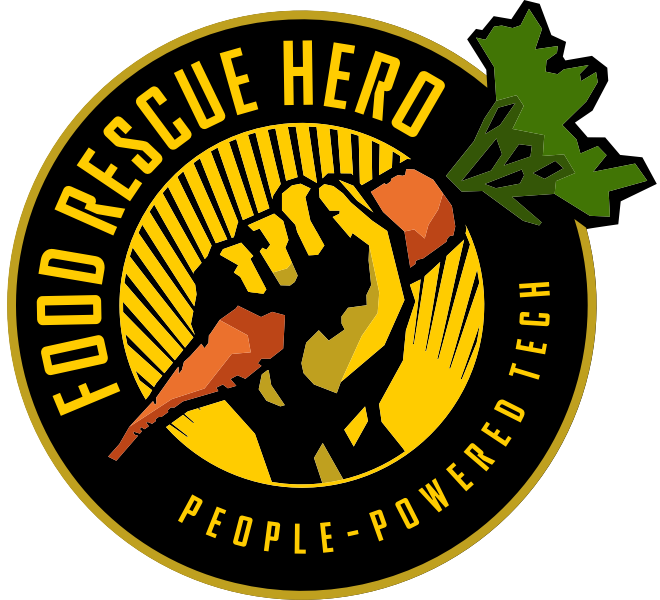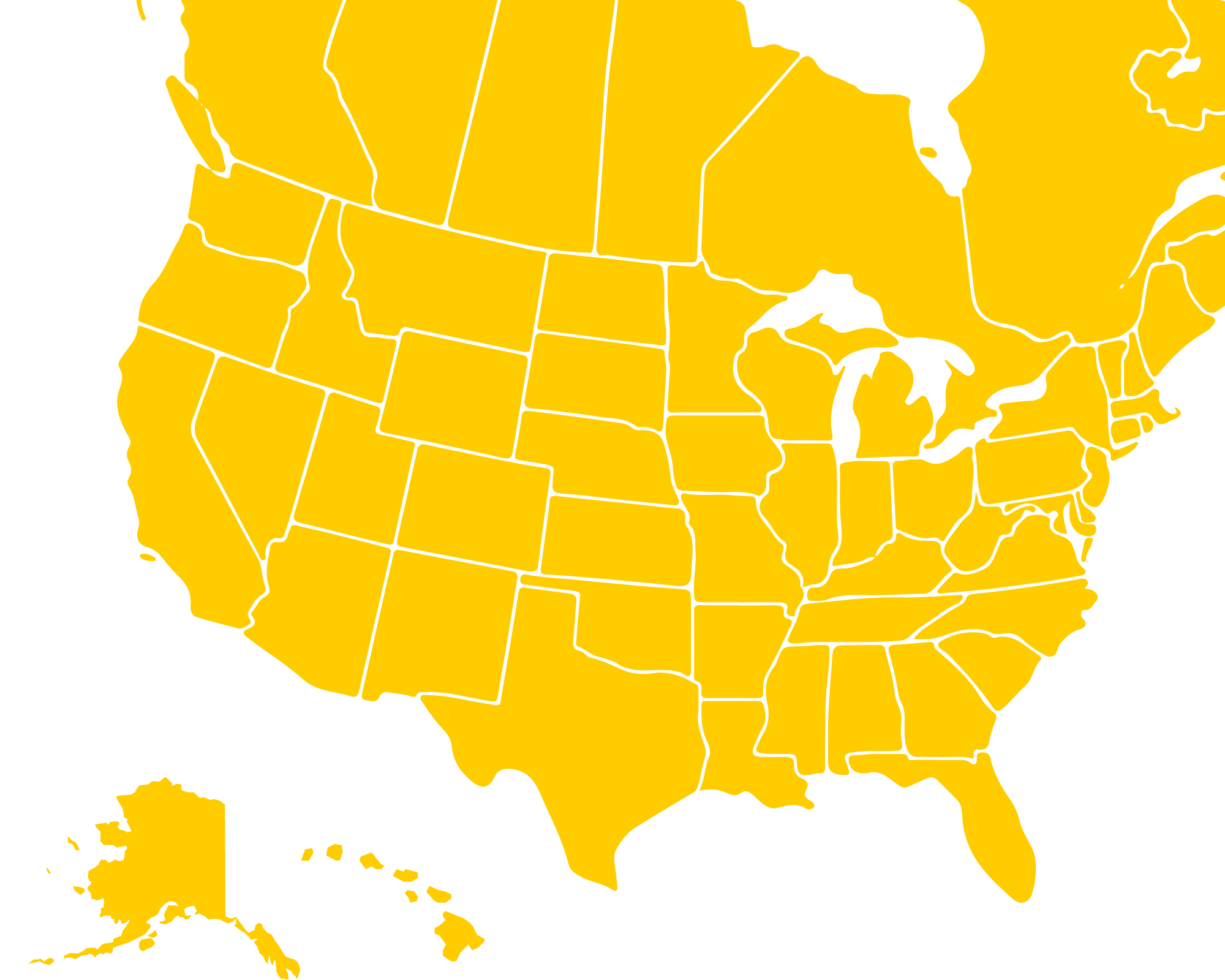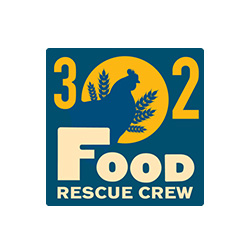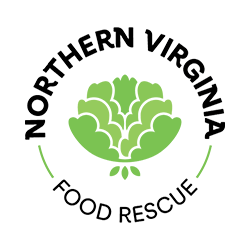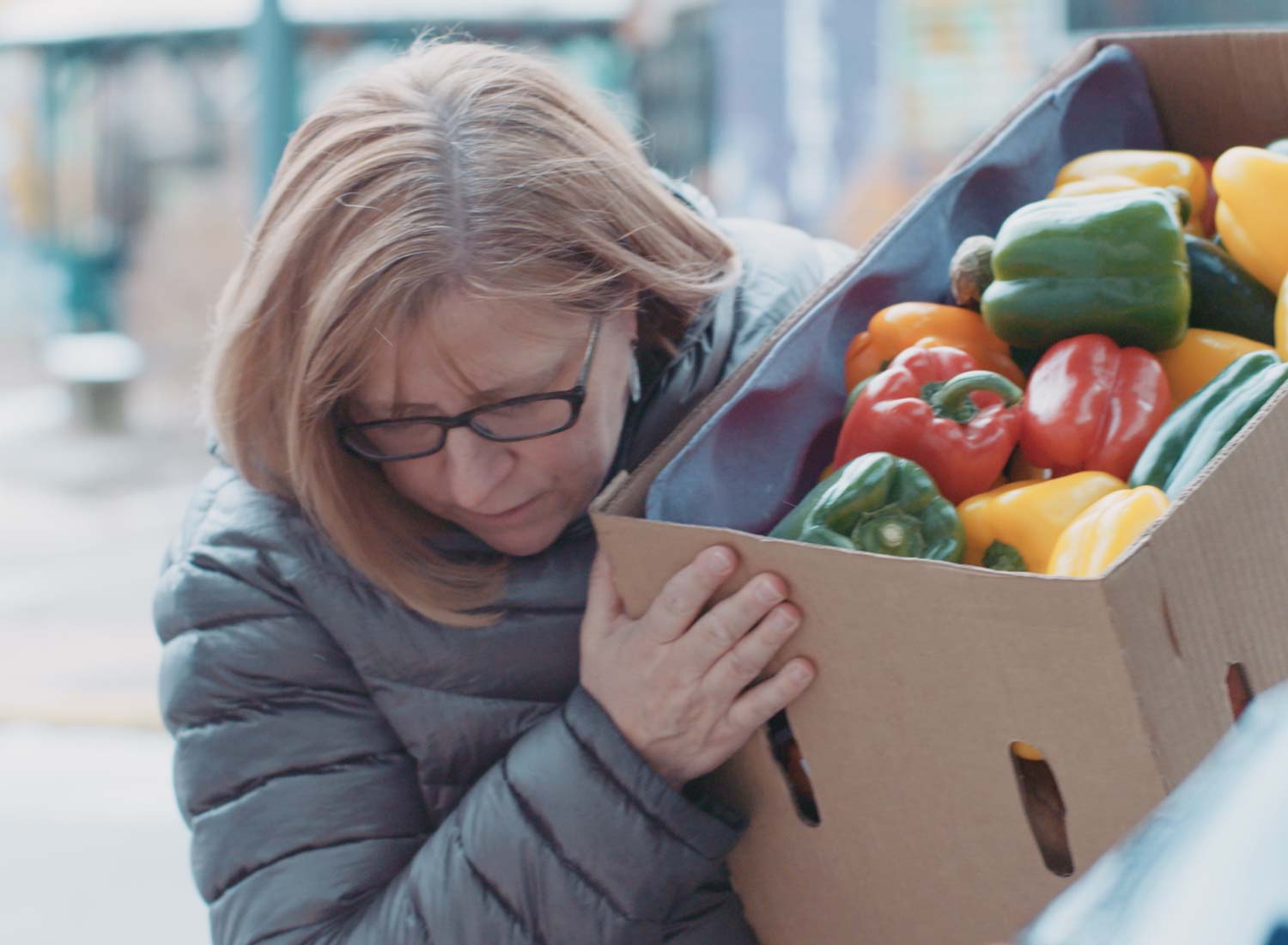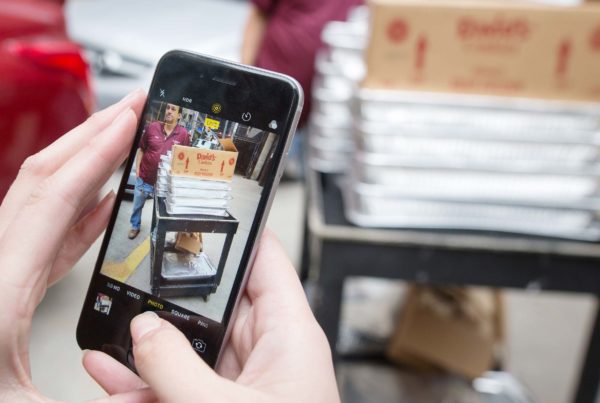Food Rescue Hero Partner Network
We partner with food rescue and hunger relief non-profits who have the vision and drive to grow and sustain a food rescue operation. Successful partners engage with community stakeholders, organize grassroots efforts and share a passion for acting locally and together, create global impact.
This network creates collective impact coordinated by Food Rescue Hero platform. We aim to support the work of organizations in 100 cities by 2030.
